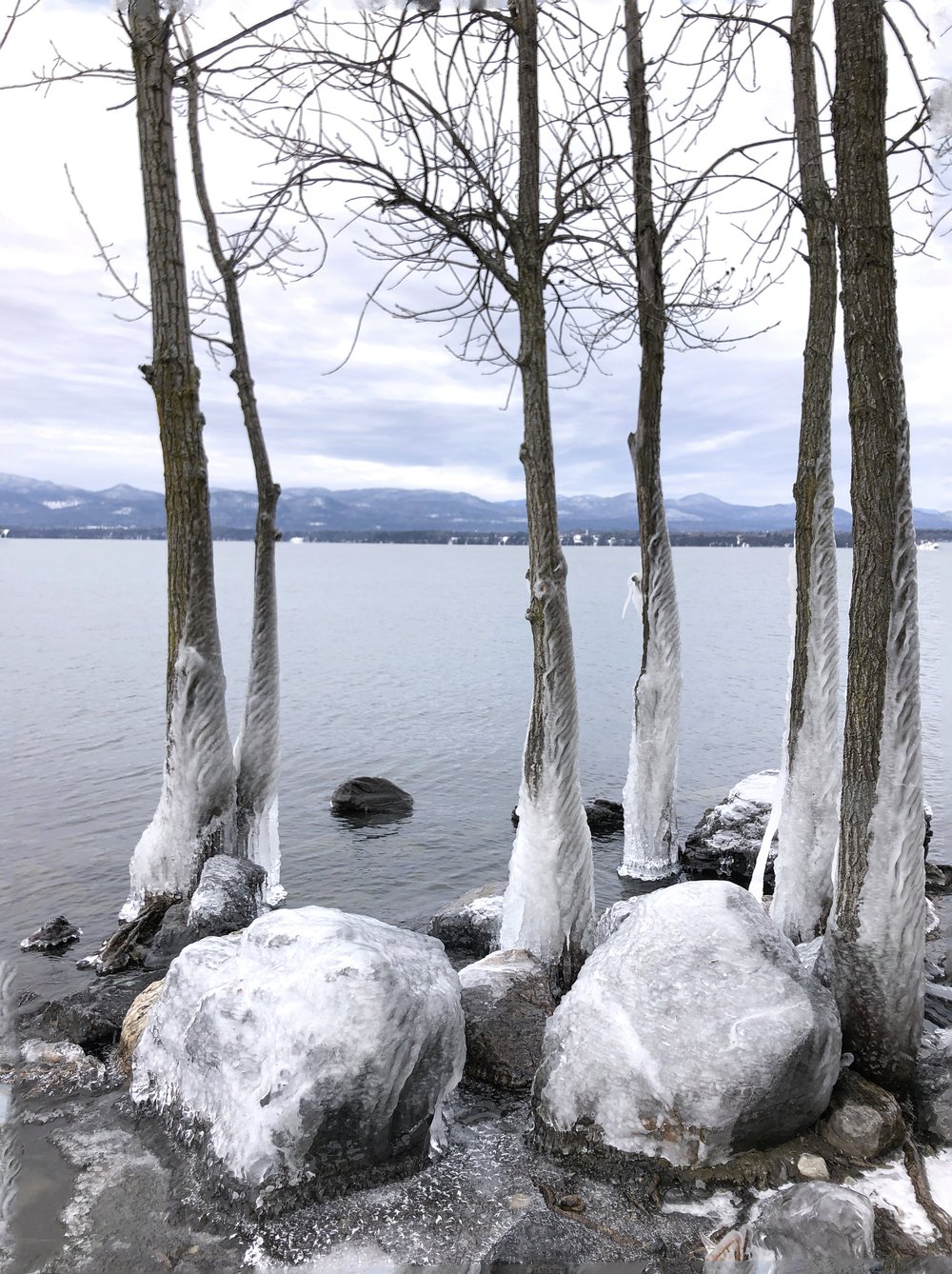 After a few milder days for our past annual Winter Regulars & Rarities field trips, this year’s trip was definitely NOT. The day started at about four degrees. Despite the chill, 12 participants showed up, bundled up beyond recognition.
After a few milder days for our past annual Winter Regulars & Rarities field trips, this year’s trip was definitely NOT. The day started at about four degrees. Despite the chill, 12 participants showed up, bundled up beyond recognition.
Our first stop was a farm in Orwell where bald eagles are known to congregate. We were not disappointed with the nine adult and four immature eagles perched in trees and interacting with the ravens on occasion.
Waterfowl were in somewhat short supply except for two stops. The Tri-Town Water Plant had a plethora of ducks. Most prominent were large rafts of scaup, too distant to distinguish whether they were greater or lesser scaup, and a high number of common goldeneye. The highlight here was a male tufted duck, its tuft prominent in profile. Two more eagles were spotted across the lake on the New York side. A lone cormorant was seen flying south low along the water.
 Arnold Bay, Lake ChamplainCharlotte Town Beach, one of our last stops, had a lesser number of waterfowl. We picked up our only Canada geese of the trip. A small group of bufflehead were fairly near shore. We were also able to spot a horned grebe, the only one of the day, before the promised snow moved in.
Arnold Bay, Lake ChamplainCharlotte Town Beach, one of our last stops, had a lesser number of waterfowl. We picked up our only Canada geese of the trip. A small group of bufflehead were fairly near shore. We were also able to spot a horned grebe, the only one of the day, before the promised snow moved in.
A good number of rough-legged hawks were spotted along our route as well as red-tailed hawks. Among the redtails, were several were the northern red-tailed hawk subspecies, which are only seen in Vermont in winter. You can read more about distinguishing this subspecies here.
We spotted flocks of snow buntings and horned larks here and there in the farm fields. At one spot, along Greenbush Road in Charlotte, there was a mixed flock which we could observe from the comfort of our cars. The snow buntings clung to swinging weed heads while the horned larks seemed to dig themselves into the snow.
A northern flicker, a pileated woodpecker and American robins were seen at various points along the route.
Thirty-three species were tallied.
Many thanks to C. J. Frankiewicz for leading a fun field trip.